24-hour hotline:+8613662168047
Keyword search: battery plant , lithium battery factory , power bank works , lifepo4 battery mill , Pallet Trucks LiFePO4 Battery, LiFePO4 Pallet Trucks Battery, Lithium Pallet Trucks Battery,
Keywords of this site:Lithium Forklift Battery,China lithium battery
Wireless charging technology for lithium-ion batteries
Wireless lithium-ion battery charging technology is a technology that uses magnets to charge devices without the use of wires. Wireless charging technology, originating from wireless power transmission technology, utilizes magnetic resonance to transfer charges in the air between the charger and the device, while coils and capacitors form resonance between the charger and the device, achieving efficient transmission of electrical energy.
Wireless charging can be divided into two types: static and dynamic. Static charging refers to charging an electric vehicle by parking it in a parking space, while dynamic charging refers to the possibility of towing it on highways in the future to achieve charging while walking. At present, the closest to mass production is static wireless charging technology, with a charging efficiency of up to 95.4%, which is the highest efficiency that the laboratory can achieve, with a minimum of no less than 85%. So, the charging efficiency is basically comparable to online charging. The industrialization of dynamic wireless charging is expected to take about three to five years.
There are three important basic principles of wireless charging technology: electromagnetic induction, magnetic resonance, and radio wave.
The importance of electromagnetic induction is to use the principle of electromagnetic induction to generate a certain amount of current on the secondary coil through a certain frequency of alternating current on the primary coil, thereby transferring energy from the transmission end to the receiving end. At present, the most common battery charging solution uses electromagnetic induction. In fact, there is not much mystery in the technical implementation of electromagnetic induction solutions. China's local BYD company, as early as December 2005, applied for a non-contact induction charger patent, using electromagnetic induction technology.
The principle of magnetic resonance is to adjust the energy sending device and energy receiving device to the same frequency, or to resonate at a specific frequency, so that they can exchange energy with each other. The diameter of the coil used in this experiment reaches 50cm, which cannot be commercialized yet. If the coil size is to be reduced, the received power will naturally decrease.
Wireless wave charging technology is currently a relatively mature technology. Similar to the early crystal radio, it is mainly composed of microwave transmitter and microwave receiver, which can capture the radio wave energy bounced back from the wall and maintain a stable DC voltage while adjusting with the load. This method only requires a transmitter installed on the wall plug, as well as a mosquito shaped receiver that can be installed on any low-voltage product.

Lithium Batteries ,Ensure Quality
Our lithium battery production line has a complete and scientific quality management system
Ensure the product quality of lithium batteries
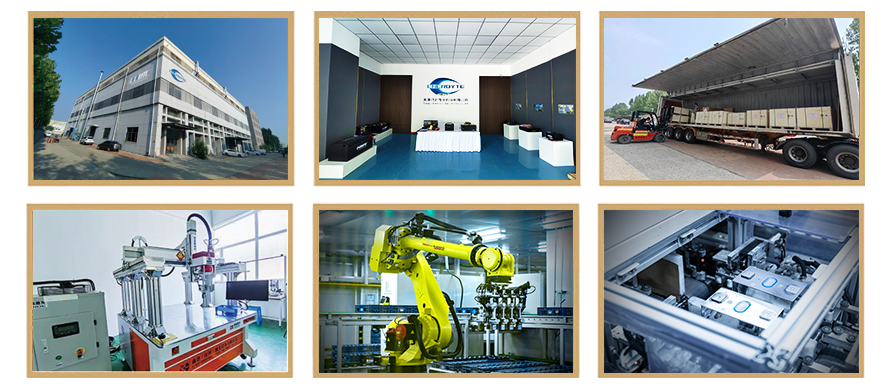
Years of experience in producing lithium batteries
Focus on the production of lithium batteries
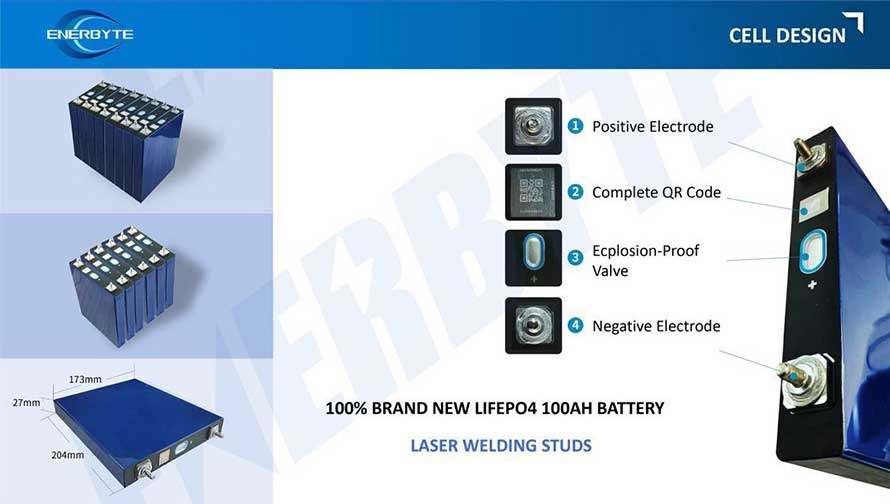
WE PROMISE TO MAKE EVERY LITHIUM BATTERY WELL
We have a comprehensive explanation of lithium batteries
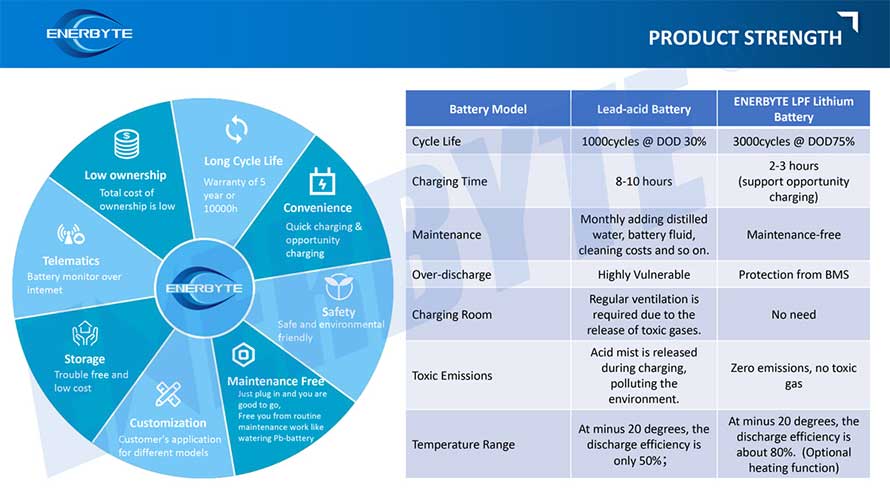
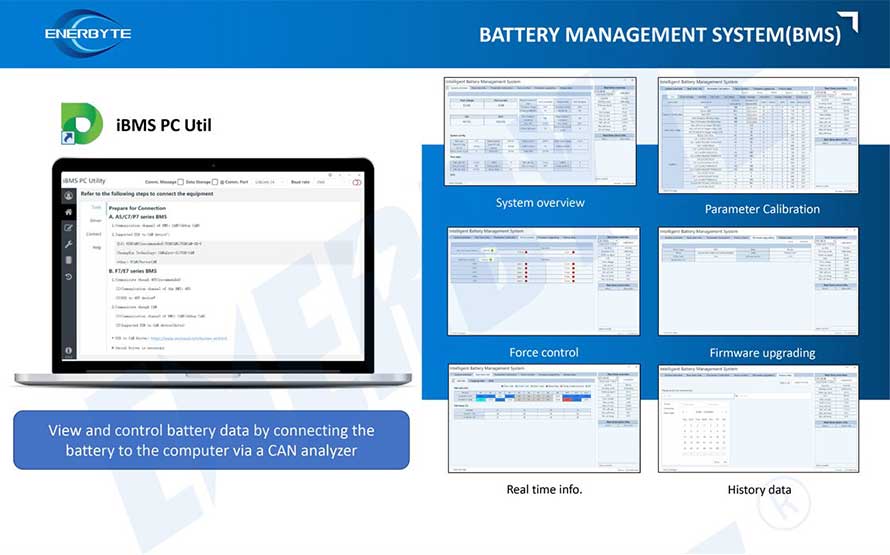
QUALIFICATION CERTIFICATE
THE QUALITY OF COMPLIANCE PROVIDES GUARANTEE FOR CUSTOMERS
MULTIPLE QUALIFICATION CERTIFICATES TO ENSURE STABLE PRODUCT QUALITY
Providing customers with professional and assured products is the guarantee of our continuous progress.
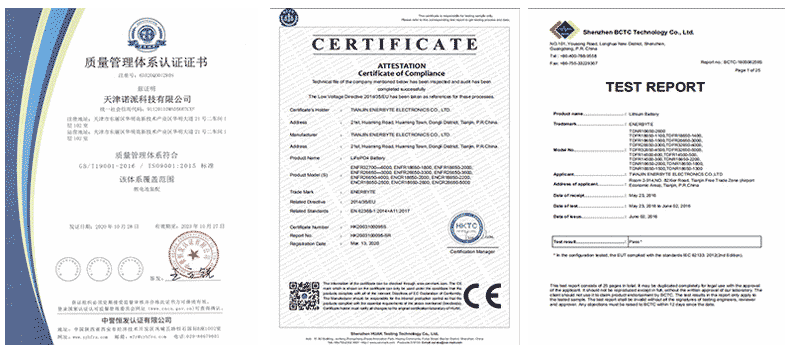
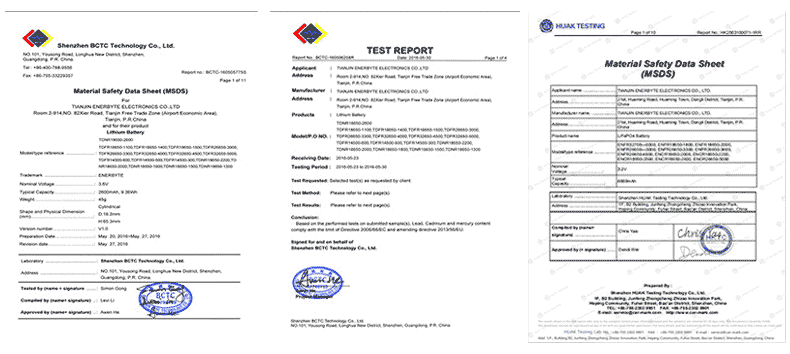
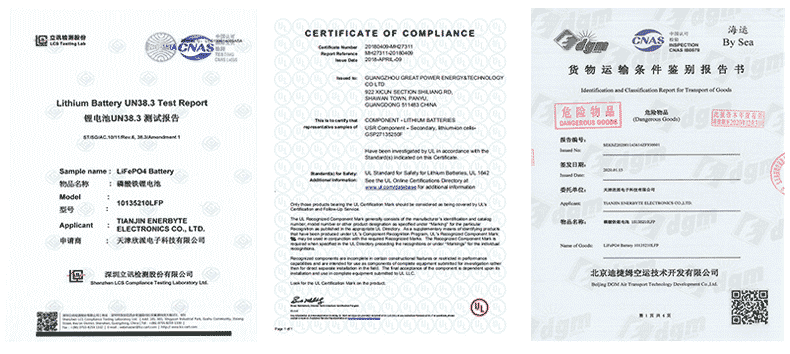
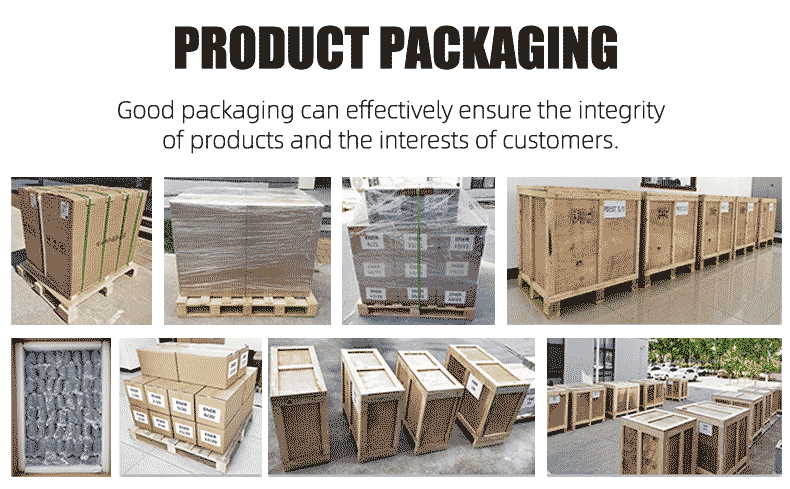
Applicable brands of our products
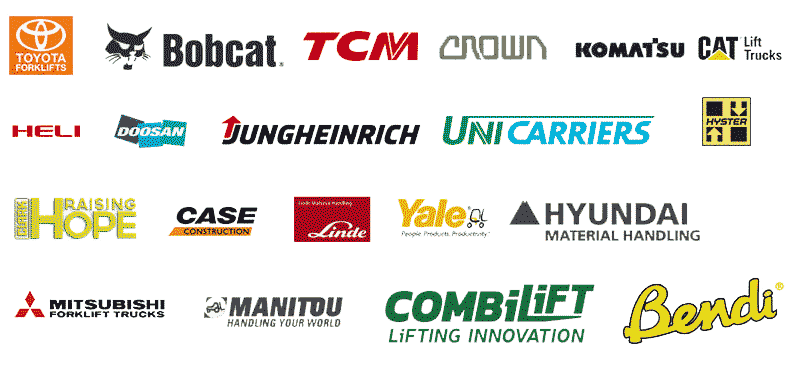

 Service hotline
Service hotline